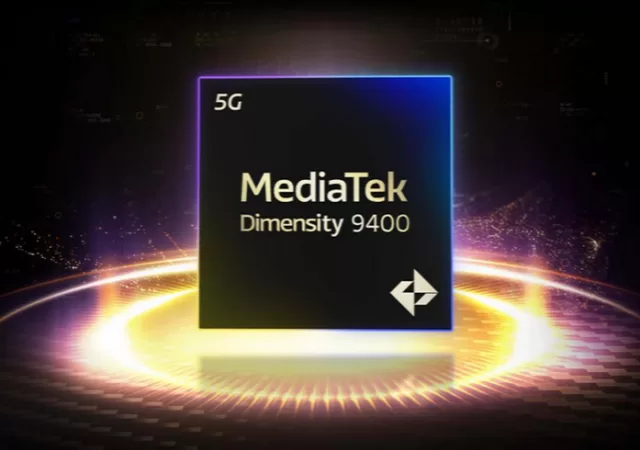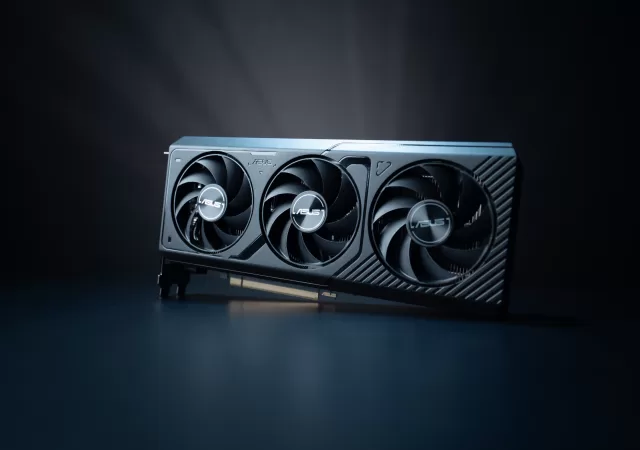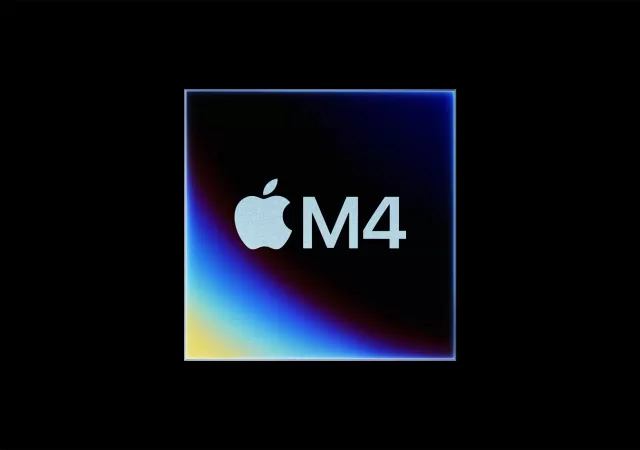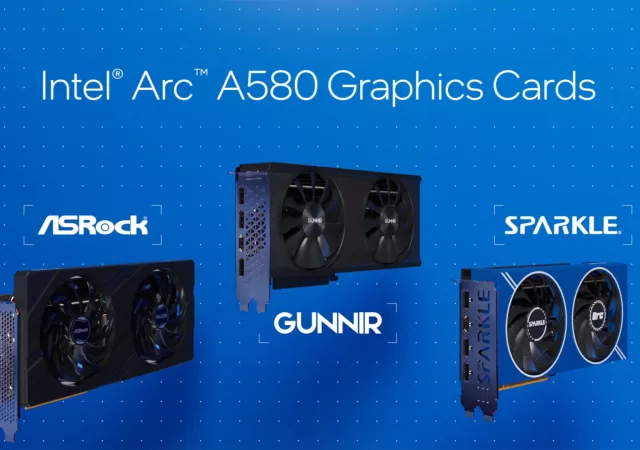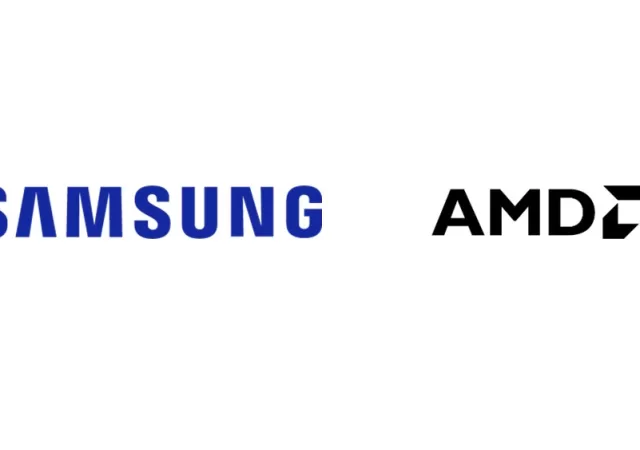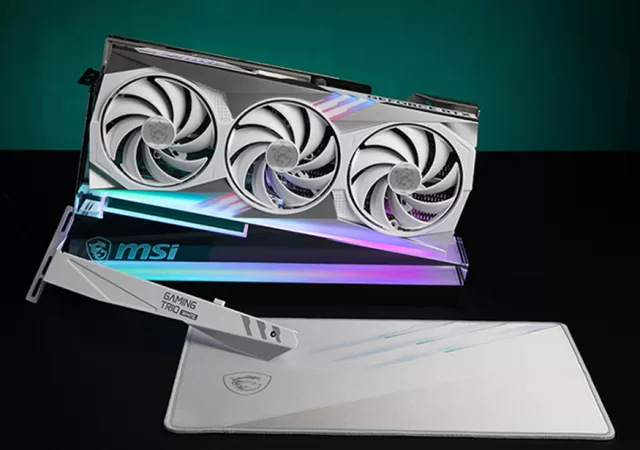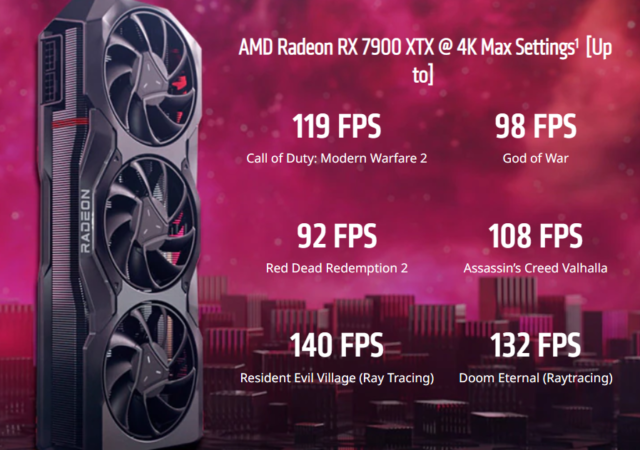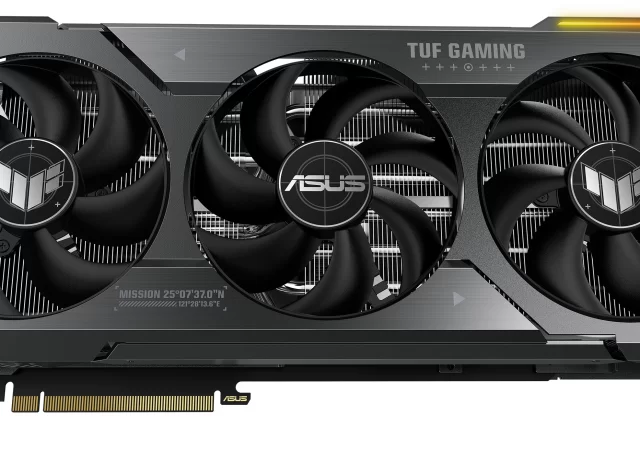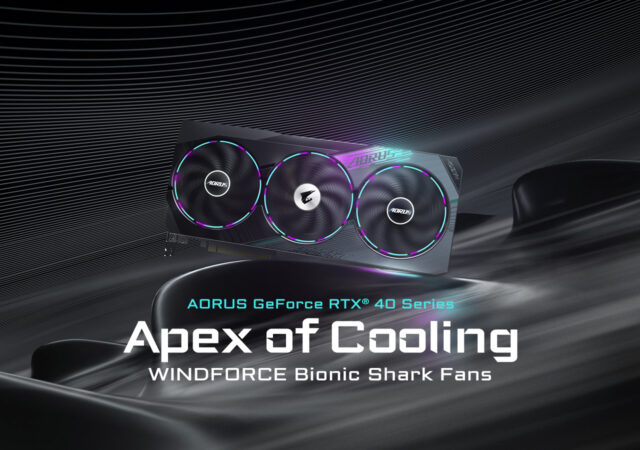MediaTek announces the Dimensity 9400 processor which takes a step forward in chip architecture and focuses on delivering on-device AI features.
ASUS Unveils Prime Family of NVIDIA GeForce RTX Graphics Cards
ASUS announces a new series of NVIDIA RTX GPUs designed for small form factor builds under the ASUS Prime series.
Apple M4 Chip Makes Debut with New iPad Pro
The new iPad Pro comes with Apple’s most powerful SoC yet. The M4 Chip has a 10-core CPU, a 10-core GPU and its most powerful Neural Engine.
Intel’s ARC A580 GPU Finally Goes Official
Introducing the Intel Arc A580: a GPU that delivers amazing performance and great value for money. Perfect for mid-range gaming with ASRock, GUNNIR, Photon and SPARKLE.
Samsung and AMD Extends Strategic IP Licensing Agreement – Maybe That New Exynos is Worth a Look After All
Samsung and AMD extends their partnership for the integration of AMD Radeon graphics technology into other portfolios including Exynos
MSI Announces Two New GAMING X TRIO WHITE GPUs Perfect for Themed Builds
MSI announces two new all-white GAMING X TRIO WHITE NVIDIA GeForce RTX 40 GPUs for the essential all-white PC builds out there.
AMD’s rDNA 3 unleashed with Radeon RX 7900 series
UPDATE 16th November 2022: Both cards are now available at AMD.com and in retail, with the Radeon RX 7900 XTX priced at USD 999 (approx. RM 4420) and Radeon RX 7900 XT at USD 899 (RM 3980). AMD has released…
Snapdragon 8 Gen 2 announced at Snapdragon Summit 2022
The Snapdragon Summit 2022 has unveiled the highly anticipated Snapdragon 8 Gen 2 platform, promising to revolutionize the flagship smartphone experience. Snapdragon’s highlight event of 2022 held in Hawaii from November 15th to 16th centered around the announcement of the…
The ASUS TUF Gaming Radeon RX 7900 and Radeon RX 7900 XTX Are Here!
AMD just released their latest flagship GPUs, and now ASUS has come up with their own version of TUF Gaming Radeon RX 7900 XT and RX 7900 XTX
GIGABYTE Kicks off Their GeForce RTX 4090 GPUs with WINDFORCE Bionic Shark Fans
GIGABYTE introduces their new solutions for NVIDIA’s latest GeForce RTX 4090 GPUs with WINDFORCE custom cooling.



